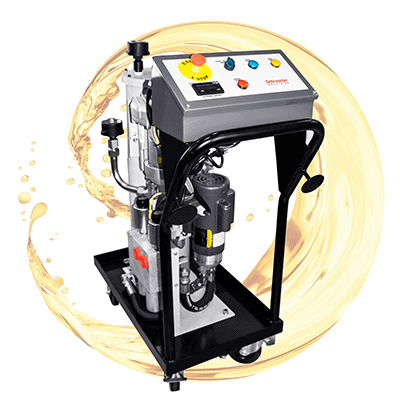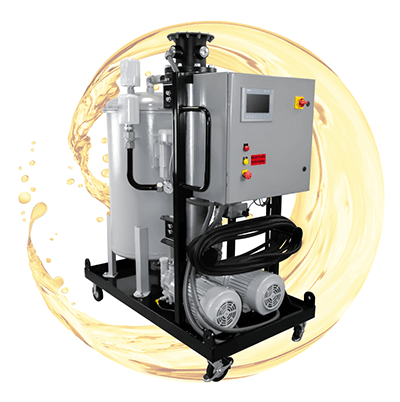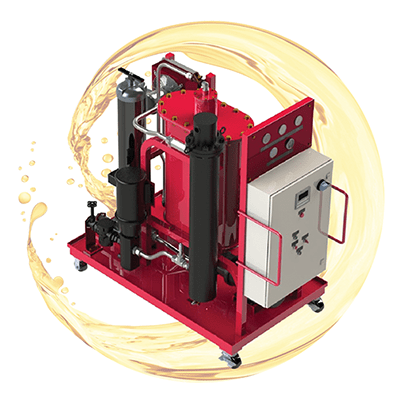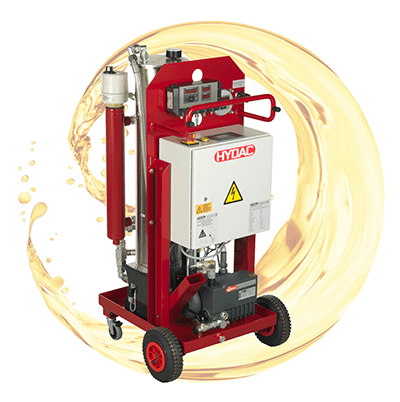Revolutionary Air Fusion Tech: Unmatched Hydraulic Filtration
1 Comment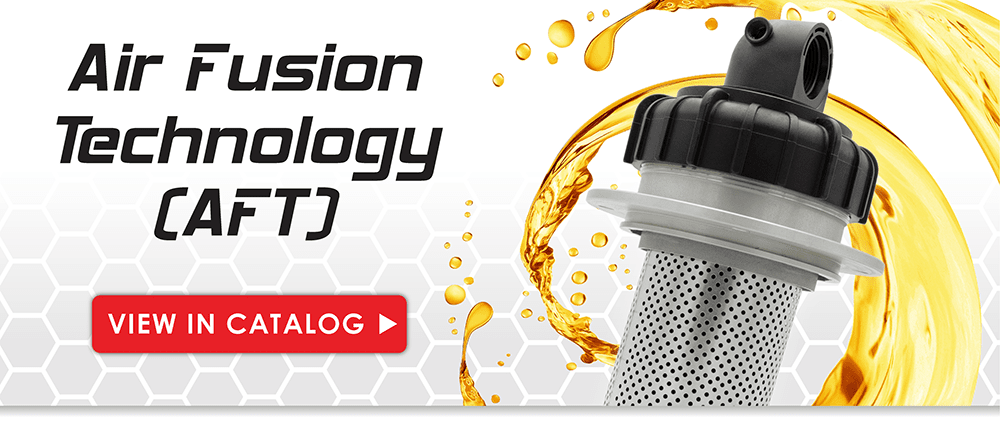
Hydraulic Air Contamination Has Major Impacts
Every hydraulic system is subject to contamination from a variety of sources, including air (or gaseous) contamination. If air contamination builds up in your hydraulic system, you can expect the following:
- Gaseous cavitation. As air bubbles coalesce, grow, and collapse inside a hydraulic system, it causes loud noises and can potentially damage the internal hydraulic components.
- Spongy hydraulics. Unlike hydraulic fluid, air is compressible. As a result, too much air contamination can cause a delayed response, or ‘spongy’ feeling in a hydraulic system instead of an instant reaction. The result is inefficient, unpredictable, potentially dangerous system performance.
- Oxidation of hydraulic fluid. When oxygen reacts with hydraulic fluid, it produces varnish, a sludgy byproduct. This varnish increases fluid viscosity and can build up around valves, causing sluggish performance, damage to system components, blocked return lines and more.
Between safety issues, poor performance, and costly repairs, addressing this contamination is vital for safe and efficient hydraulic operations. Air contamination can be addressed by a specialized in-tank air filter, but not every hydraulic air filter is created equally. Enter, Air Fusion Technology by Schroeder Industries.
Air Fusion Technology: Superior Hydraulic Air Filtration
100 psi (7 bar), 40 gpm (151 l/min)
Air Fusion Technology, also known as the AFT, is Schroeder’s new in-tank air filtration solution. The AFT is engineered to increase machine reliability and efficiency, protect components, and even allow for a downsized hydraulic reservoir!
When compared to a standard out-to-in flow in-tank filter, the AFT reduced the amount of air which entered the suction line on the first pass by 20%. As the AFT decreases fluid turbidity, it channels fluid upwards and promotes rapid bubble coalescence. These bubbles quickly rise to the surface of the reservoir and dissipate.
By contrast, the traditional filter was less effective at reducing turbidity. This allowed air bubbles to stay suspended lower in the reservoir and enter the suction strainer.
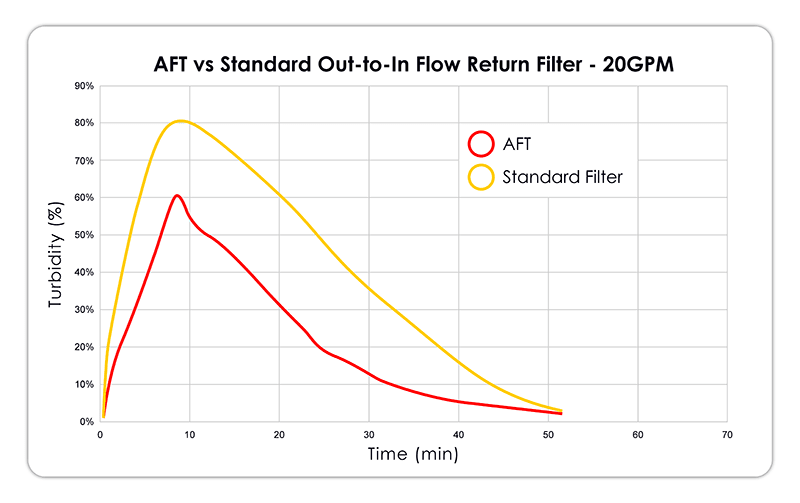
What makes the AFT more effective than other hydraulic filters?
The AFT’s exceptional effectiveness is due to its thoughtfully engineered design. Let’s break down the key design aspects of this revolutionary filter:
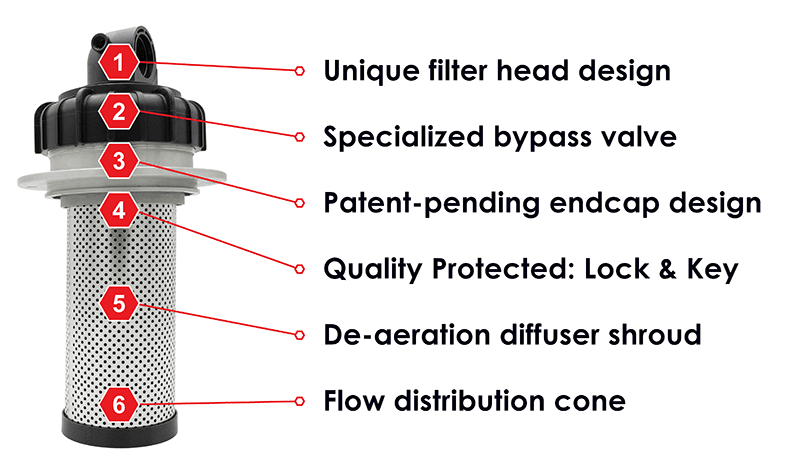
- The unique filter head design swivels independently of the inlet port, allowing toolless element change-outs.
- A specialized bypass valve in the head of the filter allows the filter to de-aerate fluid even when in bypass for greater filtration efficiency.
- The patented endcap design allows bypass flow to enter the top of the element while still being subjected to the diffuser shroud. This helps maximize filtration.
- Schroeder’s patented Lock & Key Quality Protection element design ensures only high-quality Schroeder elements are being used. To ensure that the AFT performs at its full potential, it’s important to use only high-quality filter elements.
- The de-aeration diffuser shroud significantly reduces fluid turbidity. Less turbulent fluid allows for faster bubble coalescence and improved air filtration.
- The internal flow distribution cone redirects fluid towards the top of the reservoir, allowing air to exit the hydraulic fluid more easily.
Improve system efficiency and even downsize your reservoir!
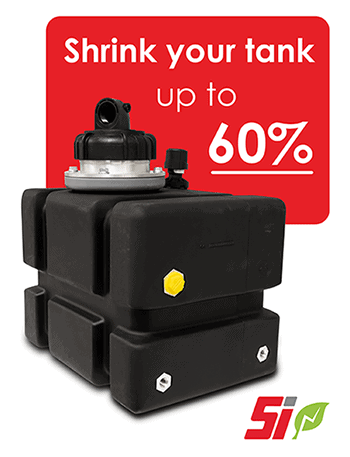
Energy efficiency is a major component of Schroeder’s Energy Sustainability Initiative. With the AFT, our goal is to create a smaller, more efficient hydraulic system to help our customers get the most out of their fuel source, whether it’s diesel, hydrogen, or electricity.
The AFT is so effective and efficient in its filtration capabilities that it’s possible to downsize a machine’s hydraulic reservoir by up to 60%!
A smaller reservoir results in a lighter system, which can improve energy efficiency. With less room taken up by the hydraulic tank, space also becomes available for a larger fuel tank, additional batteries, or other useful components.
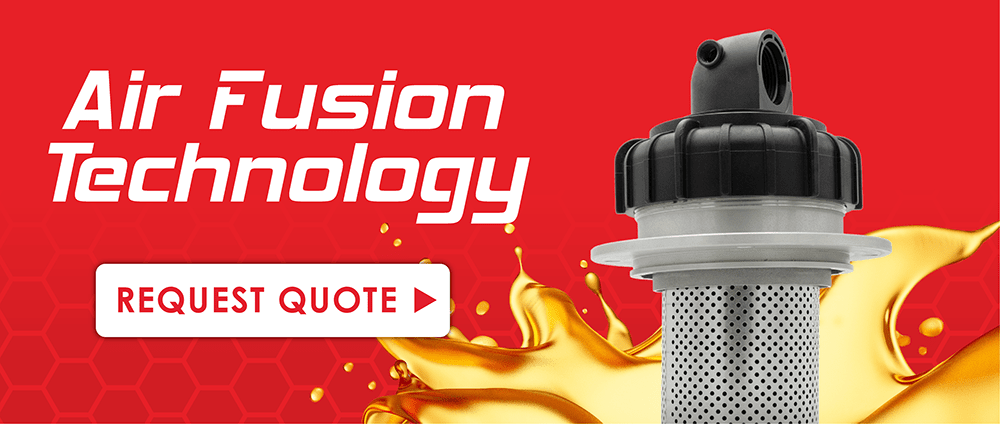
Air Fusion Technology will help you get the most out of your hydraulic reservoir! If you are interested in improving air filtration in your hydraulic applications, please request a quote.
Request a Quote
Shield Your Gear with Powerful Oil Dehydrator Systems
Leave a Comment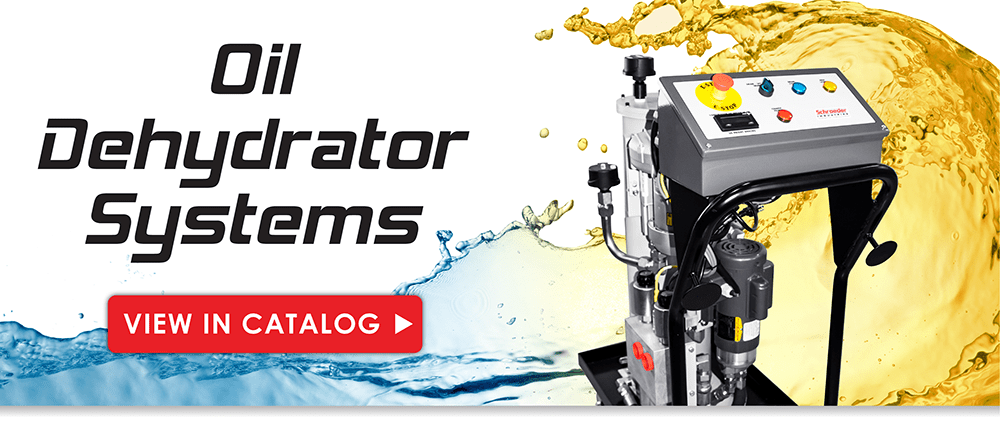
What Are Oil Dehydrator Systems?
Clean, dry hydraulic fluid is critical for optimal machine performance and protecting system components. Oil dehydration systems are specialized hydraulic filtration systems designed to remove free water and dissolved water from hydraulic fluid.
The Dangers of Liquid Contamination
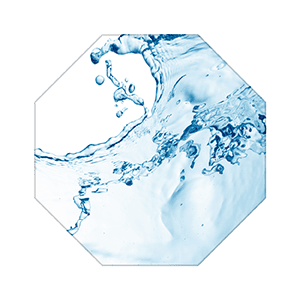
Contamination of all kinds is responsible for the majority of hydraulic machine failures. Liquid contamination, such as water, will oxidize inside the system and cause corrosion of metallic components. Not only does this damage critical parts of the hydraulic system, but tiny free-floating solid contaminates caused by the corrosion will continue to wear down the system and compound the damage further.
Water contamination can come from a variety of sources. Here are just a few:
- Leaking cooler/heater and pipe work
- Filling with new contaminated oil
- Leaking hydraulic component seals
- Tank breathing (if desiccant breathers are absent or applied incorrectly)
- Pressurized water cleaning
Oil Dehydration Solutions from Schroeder Industries
In the industrial manufacturing world, preventing liquid contamination is essential. To thoroughly accomplish water removal in a system, we use either positive pressure or vacuum units.
At Schroeder Industries, we have four (4) machines engineered specifically for oil dehydration:
View Product Options:
Positive Pressure and Vacuum Dehydration, How Do They Work?
There are many hydraulic oil machines that only remove free water. All of Schroeder’s Dehydrating Units remove both free water and entrapped/dissolved water from the oil.
Our vacuum options can also remove dissolved gases.
Positive pressure is when ambient air is conditioned through our patented process to increase water holding capabilities before being introduced to a reaction chamber.
In the reaction chamber, the wet oil meets conditioned air (air conditioned by an external hydraulic filter) and the water transfers to the air.
The water vapor is then expelled from the unit with the air as a moist air stream. Dry oil is then returned back to the system.
This positive pressure dehydration technology is found in our Triton Dehydration Station® Series.
Vacuum dehydrator for oil removes free and dissolved water and gases. This includes any other particle that could affect your oil.
Our vacuum technology uses ambient air, combined with reduced vapor pressure in the reaction chamber, to effectively remove the water and gases from the oil. The water and gases are condensed and collected for disposal while the dry oil is returned to the system.
What Industries Can Oil Dehydrators Be Applied To?
Power Generation
- Turbine bearing lubricants
- Electro-hydraulic control system (EHC) fluid
- Boiler feed pumps lubricant
Pulp & Paper
- Press and dryer section cylinder bearing lubricant
- Calendar section hydraulic fluid
- Powerhouse generator turbine location
Steel
- Hot and cold rolling mill bearing lubrication
- AWC & AGC systems







